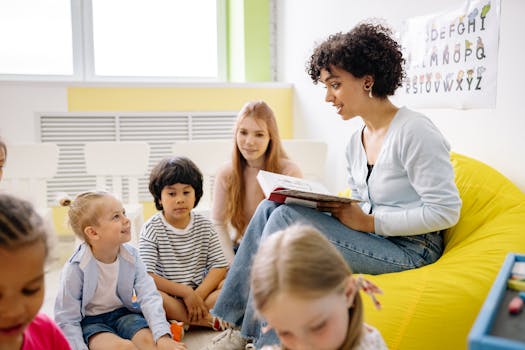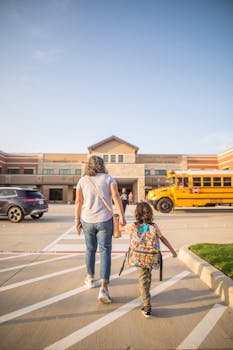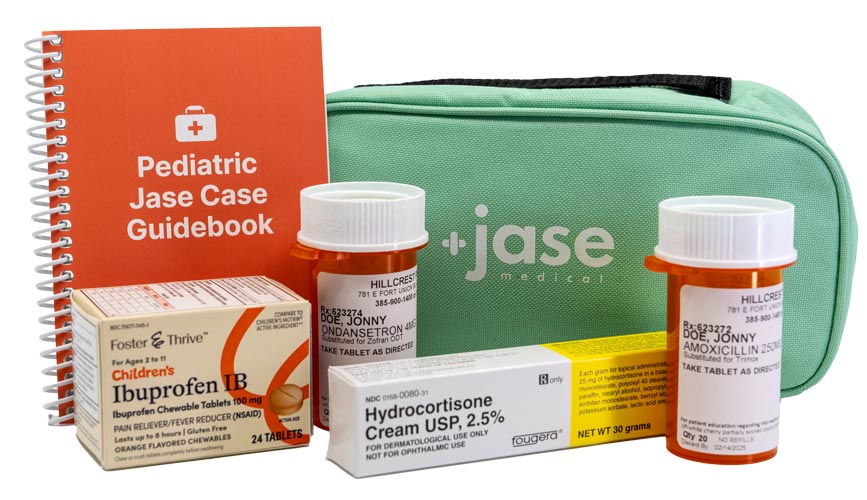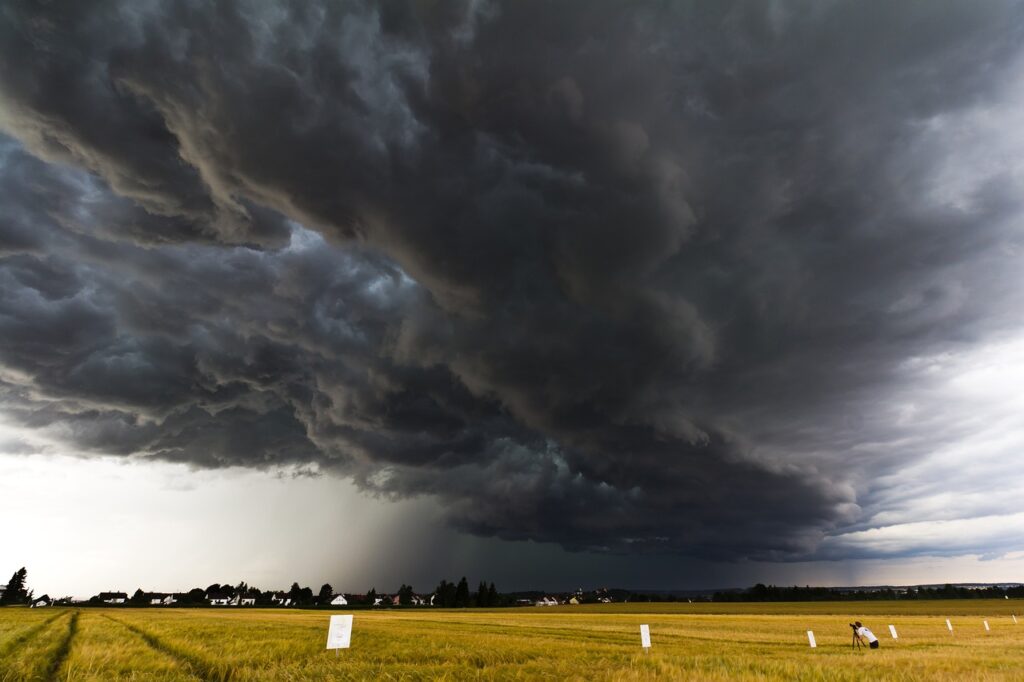
The start of a new school year is an exciting time filled with new beginnings and opportunities. However, it’s also important to prioritize awareness and safety for our children. In today’s world, being prepared can make a difference in handling unexpected situations. Here are some practical safety tips to help you and your kids enjoy a safe and secure school year!
Essential Safety Measures
- Open Communication: Do your best to foster an open, honest relationship with your child. Encourage them to share their feelings, concerns, or any unusual incidents. This may be harder with teenagers or if you aren’t confident about how to develop this skill. But engaging in conversation deepens your bond and builds trust, which is crucial, especially should a difficult scenario or emergency arise.
- Communication Plan: Develop a communication plan with your child in case of an emergency. Designate a meeting place outside the school and establish a contact person. Encourage them to contact you if their plans change. Ensure your child knows how to contact you or another trusted adult in case of an emergency.
- Teach Safety Skills: Equip your child with essential safety skills, such as “stranger danger”, the importance of personal space, “safe touch”, internet safety, and emergency procedures. Remind them often. Role-play different scenarios to help them react calmly in stressful situations.
- Establish Routines: Create consistent morning and after-school routines to minimize confusion and potential risks.
- Safe Routes: Discuss and plan safe walking or biking routes to and from school. If possible, accompany your child on the first few days to identify potential hazards or personal safety concerns.
- Emergency Kit: Assemble a small, basic emergency kit for your child’s backpack, including a first-aid kit, a couple of water packets, a flashlight, and a whistle.
- First-Aid Training: Consider taking a basic first-aid course to learn how to handle common injuries. Kids can learn how to dial 911, recognize an emergency, what’s in a first aid kit, recognize if a person is not breathing/acting normally, and care for minor wounds. Of course, every child is different, but CPR can be taught to children as young as nine!
- Home Security: If you have a security system, ensure your child knows how to use it and how to activate an emergency alarm. If your child is home alone, remind them to ALWAYS keep the doors locked and not to open the door to strangers even if they say they have a delivery or repair. Ensure doors and windows are secure, and consider installing security cameras if you don’t have them.
- Vehicle Safety: Inspect your vehicle regularly, checking tires, brakes, and lights. Teach your child proper seatbelt use and car safety rules.


Sick kid. Pharmacy closed. Now what?
Be prepared and avoid shortages with a supply of medications and easy online access to medical experts. Click here or the pic for yours!
Practice Situational Awareness Together
- Observe Surroundings: While walking, shopping, or waiting, point out potential hazards or suspicious behavior.
- Role-Playing: Create hypothetical scenarios to practice how to react in different situations.
- Identify Safe Places: Discuss public places where your child can seek help, such as a store, police station, or trusted adult’s home.
- Critical Thinking: Encourage your child to think critically about situations and potential outcomes.
- Decision Making: Help them develop decision-making skills by presenting them with different choices and discussing the consequences.
Build Confidence and Assertiveness
- Self-Esteem: Foster a positive self-image and help your child believe in their abilities.
- Assertive Communication: Teach them how to say “no” and to trust their instincts.
- Self-Defense: Consider enrolling your child in a self-defense class, emphasizing prevention over confrontation.
- Physical Fitness: Encourage regular physical activity to build strength and endurance.
Get Involved!
- Know The School: Familiarize yourself with your child’s school safety procedures and emergency plans. Attend parent-teacher meetings and stay informed about school activities. This should improve your communication with your kids as you’re more aware of their surroundings, who they are interacting with, and any issues they may have.
- Build Community: Get involved in your child’s school community and build relationships with other parents. A strong community can provide support, enhance safety, and provide additional “ears to the ground” so you are apprised of any issues that need addressing.
- Online Safety: Monitor your child’s online activities and set appropriate limits. Use parental control software to protect them from harmful content and cyberbullying. Stress the importance of protecting personal information. Establish clear rules for social media use, including who they can interact with and what information they can share. Encourage them to ask questions or come forward if they receive messages that make them uncomfortable so you can help them listen to their intuition.
Remember: Tailoring these tips to your child’s age and maturity level is important. Start with age-appropriate concepts and gradually introduce more complex information as they age. Combining essential safety measures with a prepper mindset can significantly enhance your child’s safety and well-being. Remember, prevention is key. Being prepared and informed empowers your child to navigate the school year with confidence and resilience.

https://jasemedical.com/useful-info/common-back-to-school-illnesses
https://www.nsc.org/community-safety/safety-topics/school-safety/school-safety-home?srsltid=AfmBOorlR4QW08cYhguf2yDTsfPNfOavBs58yvGFlY-wl7jviSURnBPM
How Early Can Kids Learn First Aid, CPR and Bleeding Control Skills?
https://www.redcross.org/take-a-class/first-aid/first-aid-training



